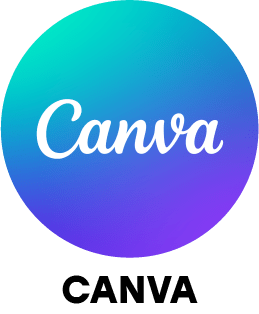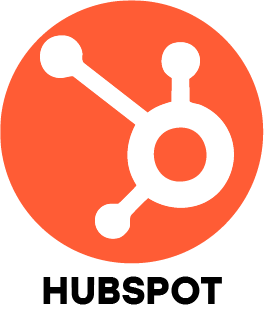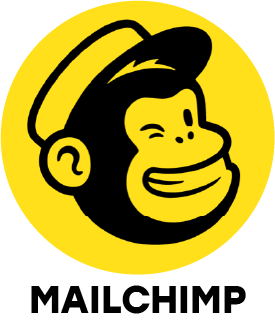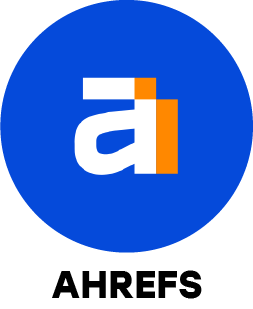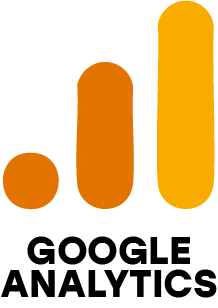1. What distinguishes traditional marketing from digital marketing?
Ans:
Digital marketing uses online platforms including social media, email, apps and websites to advertise goods and services. Unlike traditional marketing such as TV, radio or print, it is interactive, cost-effective, measurable and enables real-time targeting with performance tracking.
2. How is SEO different from SEM?
Ans:
SEO (Search Engine Optimization) attempts to improve organic visibility through the use of keywords, backlinks and optimized content. SEM (Search Engine Marketing) relies on paid ads like Google Ads for instant results. SEO is free and long-term while SEM is paid and immediate.
3. How can the success of a digital marketing campaign be measured?
Ans:
Success is measured through KPIs such as website traffic, click-through rate (CTR), conversion rate, bounce rate, cost-per-acquisition (CPA), ROI and engagement levels. Tools such as Google Analytics and campaign dashboards provide in-depth tracking and insights.
4. Which tools are commonly used for keyword research and SEO analysis?
Ans:
For keyword research, SEMrush, Google Keyword Planner, Ahrefs, Moz and Ubersuggest are highly effective. SEO analysis and audits often rely on Google Search Console, Screaming Frog and Yoast SEO for optimization and performance monitoring.
5. Can you describe a successful campaign you worked on?
Ans:
A lead generation campaign for a training institute combined SEO-optimized content, Google Ads, Facebook retargeting and email automation. Within two months, leads increased by 40% and cost per lead was reduced by 25%, showing clear campaign success.
6. How do Google Ads function and which PPC metrics matter most?
Ans:
Google Ads run on a pay-per-click model where ads are shown based on bid amount, relevance and Quality Score. Important PPC metrics include CTR, CPC, Quality Score, conversion rate, impression share and ROI for evaluating performance.
7. Why does the Google Ads Quality Score matter?
Ans:
Quality Score evaluates ad relevance, expected CTR and landing page quality. Higher scores lower CPC, improve ad placement and make campaigns more effective, ensuring better performance with reduced advertising costs.
8. What strategies help improve social media engagement?
Ans:
Engagement can be improved by posting consistently, using interactive content like polls, reels and videos, responding quickly to comments, running targeted campaigns and collaborating with influencers. User-generated content also encourages stronger participation.
9. What are the essential parts of a strong email marketing strategy?
Ans:
An effective strategy includes audience segmentation, personalized content, engaging subject lines, clear CTAs, responsive design and automated workflows. Using A/B testing and analytics tracking helps optimize open rates and conversion rates.
10. How can professionals stay updated on digital marketing trends and algorithm changes?
Ans:
Staying updated involves following resources like Search Engine Journal, Moz, HubSpot and Google Search Central. Attending webinars, subscribing to newsletters, joining marketing communities and experimenting with new tools also help professionals stay ahead.

